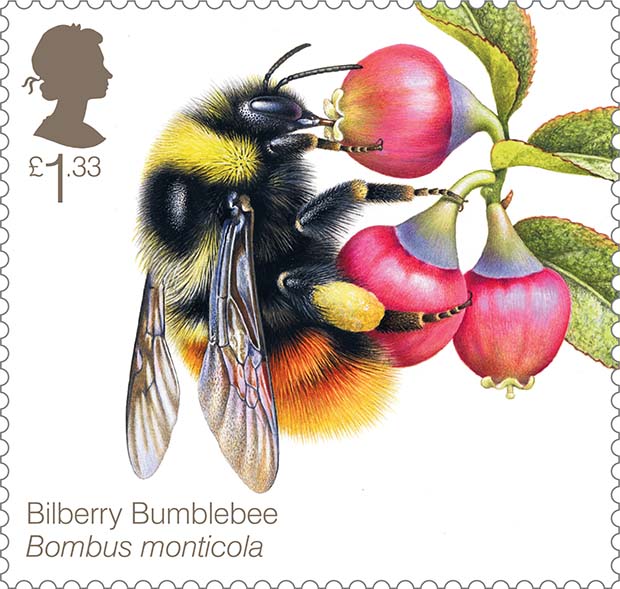A new study examining 100 years of bumble bee records reveals that almost half of Vermont's species, which are vital pollinators, have either vanished or are in serious decline. After conducting the state's most extensive search for bumble bees, and combing through historical records from museum collections, the team has concluded that four of Vermont's 17 bumble bee species appear to have gone extinct. The study, led by University of Vermont (UVM) and Vermont Center for Ecostudies (VCE) researchers, was published in the Journal of Insect Conservation.
"We're losing bumble bees even before we fully understand their benefits to our economy and well-being, or how they fit into ecosystems," said Kent McFarland, conservation biologist at VCE.
Acquiring the data to understand the conservation status of Vermont's bumble bees was no small feat. From 2012 to 2014, study authors and a corps of over 50 trained citizen scientists searched the entire state, amassing a database exceeding 10,000 individual encounters with bumble bees from all of Vermont's counties and biophysical regions, and in 81% of the state's 255 municipalities.
To compare current bumble bee diversity and distribution in Vermont to historic records, the team assembled a database of nearly 2,000 bumble bee records, some from as early as 1915, from 13 public and private insect collections. The largest repository of specimens is held at the University of Vermont's Zadock Thompson Natural History Collection.
While the researchers cannot pinpoint what may have caused these sudden bumble bee population declines, habitat loss, parasites, pesticides, and climate change have all been implicated by recent bee studies in North America.
Read more at: https://phys.org/news/2018-12-reveals-decline-vermont-bumble-bees.html#…

- Login om te reageren
